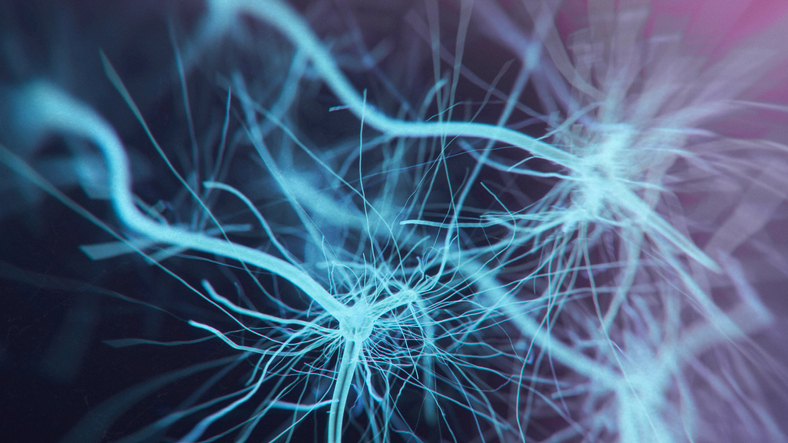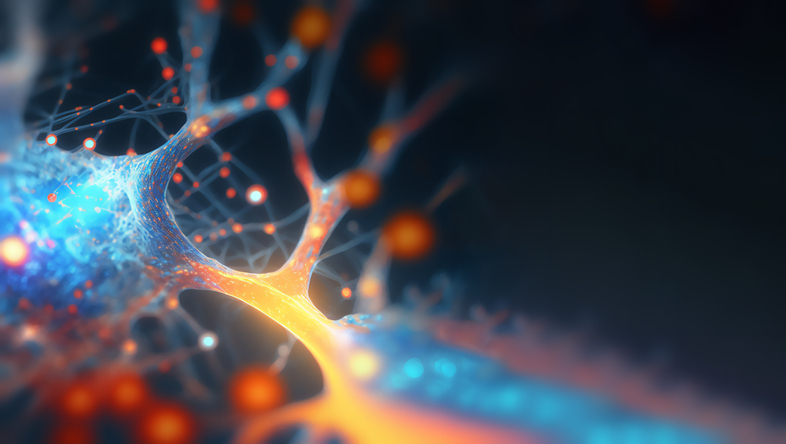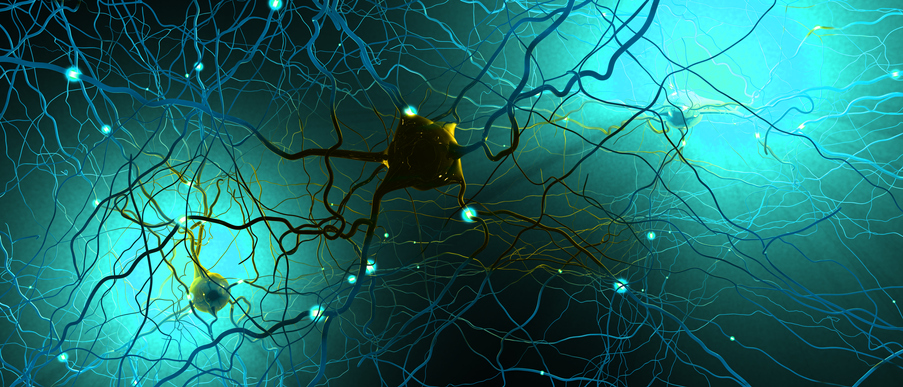Pain
How Does Neuropathic Pain Develop?

What is neuropathic pain?
Neuropathic pain is a chronic pain condition that occurs due to nerve damage or a malfunctioning nervous system. The nervous system includes peripheral nerves, the brain, and the spinal cord. The central nervous system (CNS) includes the brain and spinal cord. Peripheral nerves spread throughout the body and transfer information between the brain and spinal cord from other parts of the body. Nerve damage can change the nerve function at an injury site or the area surrounding an injury, causing them to send wrong signals to pain centers.
How does neuropathic pain develop?
A nerve may become damaged following trauma, leading to dysfunction. As a result, the damaged nerve may send faulty signals of pain to the brain, causing hypersensitivity to pain. In the case of a previous injury, the site of trauma may have completely healed, but the central nervous system is still registering the site as a location of trauma.
Neuropathy symptoms
Neuropathic pain can be continuous or intermittent. The pain is often described as shooting, burning and severe. Symptoms depend on the type of nerves affected and include, but are not limited to, the following:
- Pain that appears spontaneously
- Numbness, prickling or tingling which can spread
- Sensitivity to touch
- Sharp, burning or throbbing pain
- Pain when there should be none, such as placing a blanket on the feet or legs, cold temperatures, or brushing against the skin
- Loss of coordination or falling
- Muscle weakness
- Feeling that something is covering the feet or hands
- Paralysis, if motor nerves are affected
- Insomnia due to pain
- Pain that lessens in response to normal painful stimulus
Causes
Neuropathic pain may have no obvious cause; however, various conditions also contribute to neuropathic pain. Common causes include, but are not limited to, the following:
- Alcoholism
- Amputation, or phantom limb pain
- Arthritis of the spine
- Autoimmune diseases
- Cancer
- Central nervous system disorders
- Chemotherapy-induced
- Complex regional pain syndrome
- Diabetes
- Facial nerve problems
- Herniated discs
- HIV or AIDS
- Infection
- Injury
- Multiple myeloma
- Multiple sclerosis
- Radiation
- Shingles
- Spine surgery or trauma
- Syphilis
- Thyroid problems
- Tumors
Diagnosis
A health care professional will gather a medical history and perform a physical examination. Information will include a description of the pain, when the pain occurs, or if anything specific triggers the pain. They will also ask about risk factors for neuropathic pain and request certain tests, such as blood or nerve tests. The underlying cause of the neuropathy will be researched.
Neuropathic treatments
The goal of treatment is to provide pain relief, treat the underlying cause, improve mobility, and enhance quality of life. Treatment plans may include, but are not limited to, the following:
- Medications
- Physical and occupation therapy
- THC
- Laser therapy
- Antioxidant agents
- GABAergic transplant
- Relaxation therapy
- Massage therapy
- Acupuncture
- Botulinum Toxin
- Mexiletine
- AAK1 inhibitors
- HCN2 channel blockers
Risk factors
Risk factors of developing Neuropathic pain include, but are not limited to, the following:
- Diabetes
- Alcohol misuse
- Vitamin deficiencies
- Infections
- Autoimmune diseases
- Kidney, liver or thyroid disorders
- Toxin exposure
- Repetitive motions
- Family history of neuropathy


















